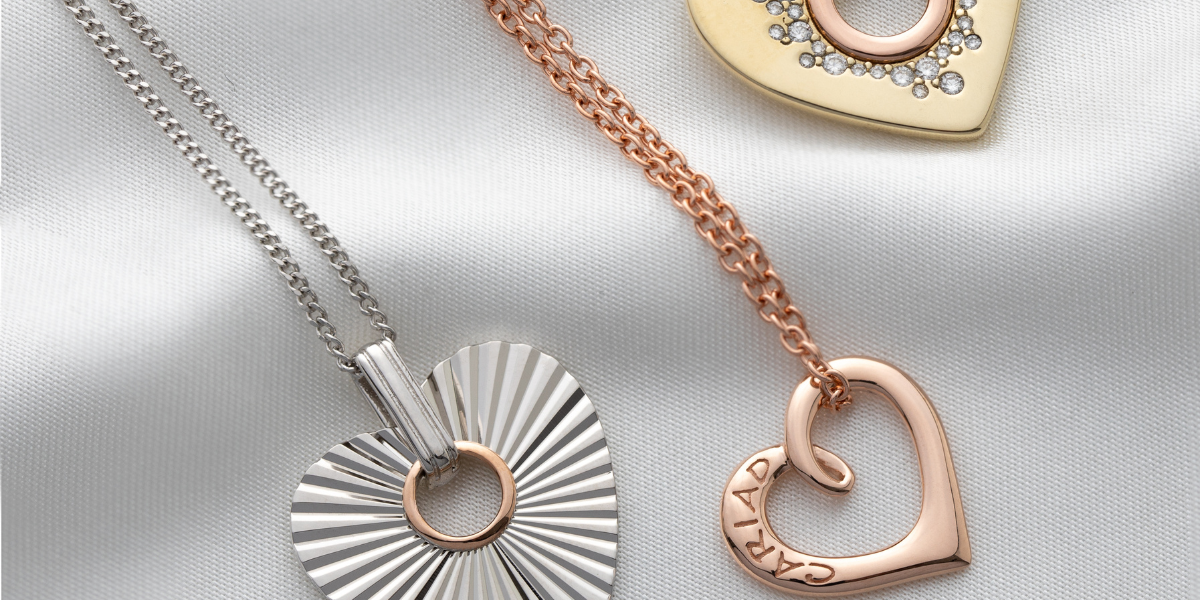Bobby Kolade is taking clothes that have been donated to African countries, upcycling them into new items, and trying to sell them back, in an effort to battle a culture of excess that he says has infected and degraded Ugandan culture and fashion.
“It’s very difficult for a designer like myself, and like my peers, to produce clothing in Uganda that is competitive because the second-hand clothes that flood our markets are so cheap,” Kolade told host Matt Galloway on The Current.
“It’s not just that we’re importing second-hand clothes [from] the global north. We’ve also imported a culture of over consumption and a culture of cheapness.”
Kolade is a designer and entrepreneur, now trying to reverse to that flow of clothing with a project called Return To Sender.
Kolade says that about 80 per cent of all clothing sales in Uganda are of second-hand items discarded in wealthier nations, where fast-fashion dominates. In Kampala, where Kolade lives, a place called Owino Market is dedicated to it. Some of the clothing in the market is useful, but items like ski jackets and wool suits don’t really fit the Ugandan weather.

“The things that are shipped here are not necessarily the things that we need. So a lot of the time, people just adapt,” said Kolade.
“I once spoke to a vendor in Owino Market and I was telling him, listen, I can’t buy this jacket. It’s just way too thick… And he said, you know, style doesn’t know weather.”
And while Kolade admits the market is a fun place to find some hidden gems and deals, it’s also very damaging to fashion designers in the country.
The second hand business
When someone donates clothes in North America, the best of it goes on sale in a local store. Other articles are then sold to third-world countries. Kolade said that when clothing was first being donated to countries such as Uganda in the ’80s and early ’90s, it was helpful.
“They did come originally as charity. And there were points around the city where people could actually pick up clothes. But what happened is it quickly changed into a very profitable business,” said Kolade.
“That means that our local industries were never able to recover from the downfall of industry in the early 1970s.”
Now, many thrift stores and clothing charities in wealthy countries sell excess inventory globally, which often end up in countries in Africa, he said. That makes it hard for Kolade and other designers to compete financially.
“People, the market here, they now think that clothes are meant to be … as cheap as the second-hand clothes are. That’s what people have learned,” said Kolade.

“So when, as a designer, you come up with something new and your price is somehow a bit higher than what they’re used to, they’re not going to buy our clothes. Of course not.”
Annamma Joy, professor of marketing at the University of British Columbia, says this second-hand system can be a double-edged sword.
She says that while it creates challenges for designers, it also is more sustainable to donate clothing, and offer cheap options for people who are struggling to get by.
“From the point of view the government, they’re increasing work availability. People get employed in this businesses so it has an impact that is good for the economy,” said Joy.
“On the other hand, those clothes are not what is desired by consumers in those countries. It’s also more expensive. The second hand clothing undercuts the industry, and so they close down.”
Return to sender
That’s where Kolade’s project, Return to Sender, comes in. Kolade takes clothes that have been sent to Uganda, and puts his own unique twist on them. For example, one of his products is what he calls a four-panel T-shirt. He cuts up four different shirts, and combines them in interesting ways.
“It’s kind of like a metaphor for what we’re doing because we’re trying to give these clothes a new identity,” said Kolade.
Then he puts them on his website, and sells them to people around the world. The clothes also come with what Kolade calls a clothes passport, which explains the origin of the items used for the piece.

“Hopefully it’s a way of communicating with … people who see this item of clothing, so they ask, ‘you know, what is it? Where is it from?’ And the wearer can just show the passport,” said Kolade.
He says he’s not upset that people donate their clothes, and understands they believe it is a charitable act, likely not realizing the larger implications. Instead he hopes people can help contribute to businesses by buying back his sustainable creations.
“We’re trying to say, ‘hey, listen, we are able to create something fun, something new, something very creative and resourceful. We can build smaller industries here. Look at what we’ve done with your waste. Please buy it back if you want to support industry in our country,'” said Kolade.
Written by Philip Drost. Produced by Benjamin Jamieson.








